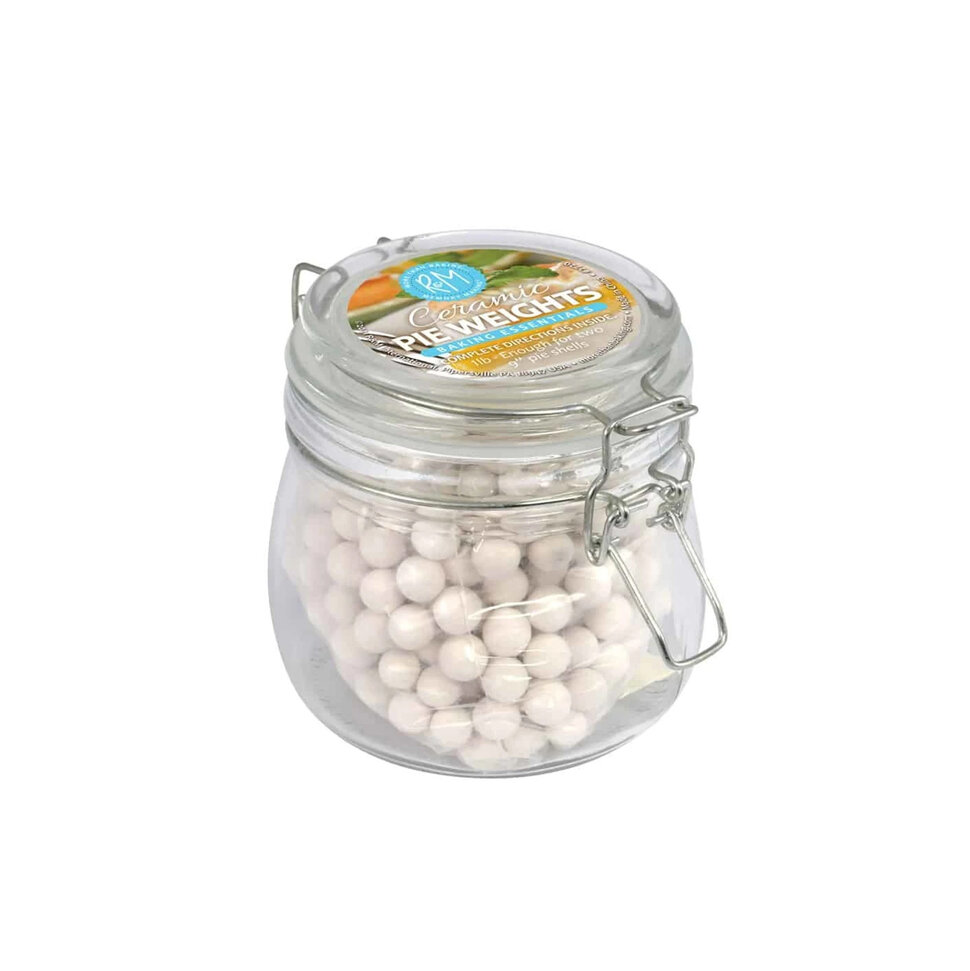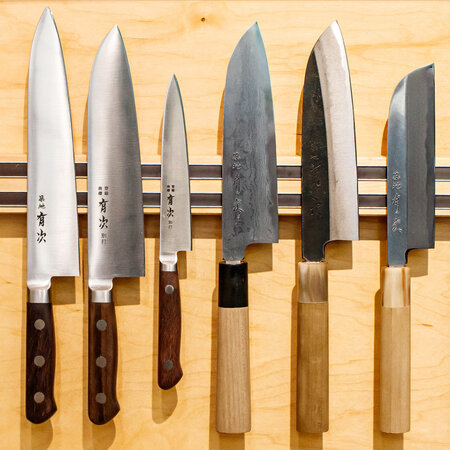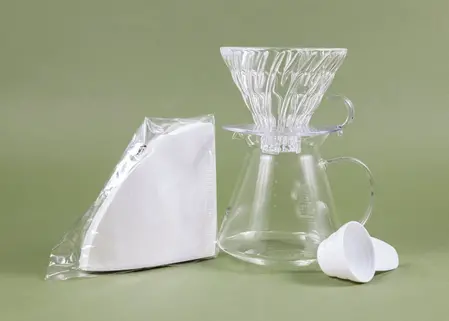Pie Weights and Pie Birds and Crust Shields! Oh My!

Pie Weights:
Pie weights are small ceramic (or sometimes metal) beads used for “blind” baking pie crusts. So, what is blind baking and why do you need these little ceramic balls?
Blind baking means baking the bottom crust of a pie without any filling. Recipes sometimes call for blind baking when the filling doesn't get baked, such as pies with cooked custard fillings or pies with fillings that set when chilled. You may also need to blind bake a pie crust if the filling is especially wet, like a pumpkin pie, to give the crust a head start so it isn't soggy.
The reason pie weights are necessary is to keep the crust from shrinking or bubbling up in the oven. With no filling to hold the crust in place, blind baked crusts can form air pockets between the crust and the dish. They can also slip down the sides of the dish as they cook. Essentially, weights just push the dough against the pie dish so that it holds its shape while baking.
To use pie weights, some recipes ask you to line the crust with aluminum foil before adding the weights, but we prefer parchment paper because it allows for a little more air flow, which will help the crust bake and crisp.
Pie Birds:
You've probably seen a pie bird before and never realized what it was or that it could actually serve a specific purpose. Pie birds are designed to help vent steam from double-crusted pies while they bake, preventing juicy fillings from boiling over, and helping keep crusts crisp. Sometimes referred to as pie vents, pie chimneys, or pie funnels; pie birds have actually been around since the Victorian era. Today they're usually made of ceramic and shaped like a bird, but this wasn't always the case. Many people believe that their current shape may have been inspired by the classic nursery rhyme “Sing a Song of Sixpence,” which contains the lyric, “four and twenty blackbirds, baked in a pie.”
Now that you know what a pie bird is for, how the heck do you use it?
Essentially, the idea is to put the bottom crust of your pie into the dish, place the pie bird in the center, and scoop the filling in around it. Then you cut a small x shaped slit in the center of your top crust before carefully placing it over the filling while bringing the pie bird through the slit so the top of the bird sticks out of the crust. While the pie bakes, the steam from the filling will be able to escape through the bird, keeping your crust crisp, and preventing cracks or hollow domes that could otherwise be caused by trapped stream.
So do you actually need a pie bird?
Honestly? No.
While pie birds may help your pie crust get extra crisp, people have been baking pies without pie birds for ages, all you really need to do is cut some slits or vents in the crust to let the steam escape. But hey, pie birds are cute and inexpensive, they make great hostess gifts, and even if you don't use them, they look adorable sitting on a shelf in your kitchen and they make a great conversation piece.
Crust shields:
A pie crust shield is designed to cover the outer edge of your pie crust to keep it from over-browning or burning in the oven. Many people use aluminum foil for this, but the advantages of pre-made shields are that they're less wasteful, they're less likely to stick to your crust, they don't require assembly, and they're easier to place on or remove from the pie, especially if it's already partially baked and bubbling hot.
When using a pie shield, you can either place it on your pie before it goes in the oven and remove it halfway through baking, or you can place it on the crust once it's started to brown to prevent it from browning much further.
Pie crust shields aren't always necessary, but they're definitely useful for pies that require a very long baking time, like an overstuffed apple pie that needs an hour or more in the oven. They're also really helpful for people with older ovens that may have hot spots.




